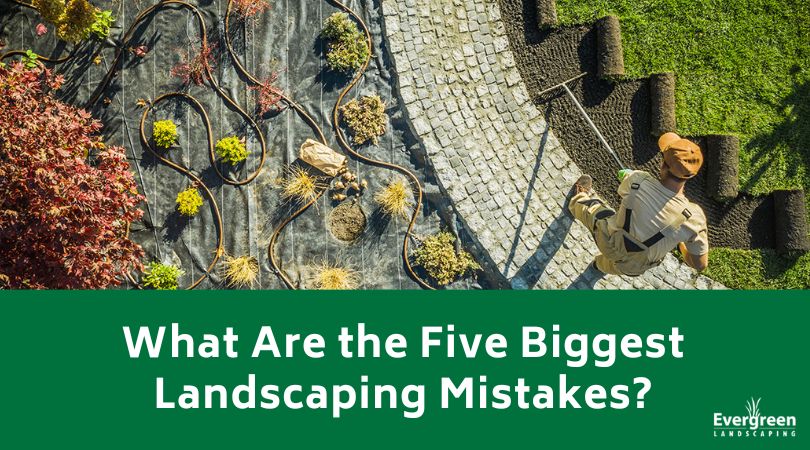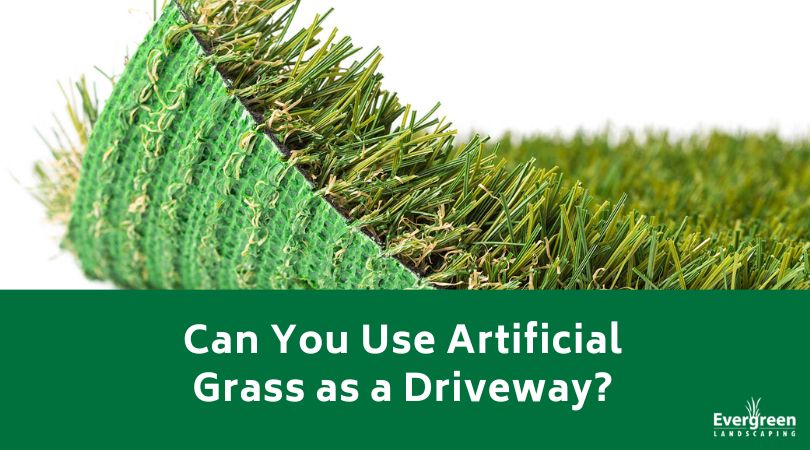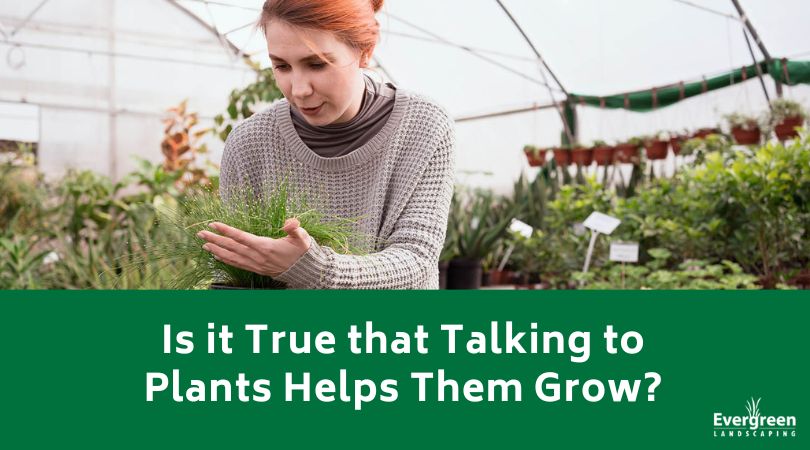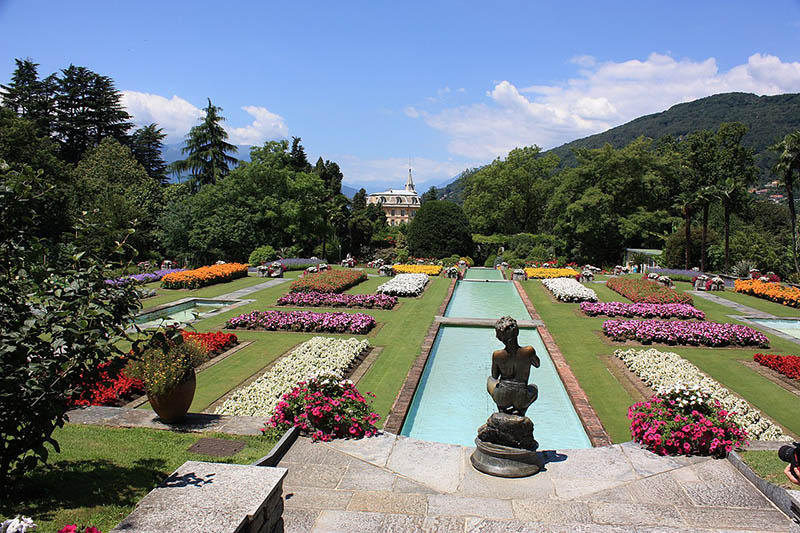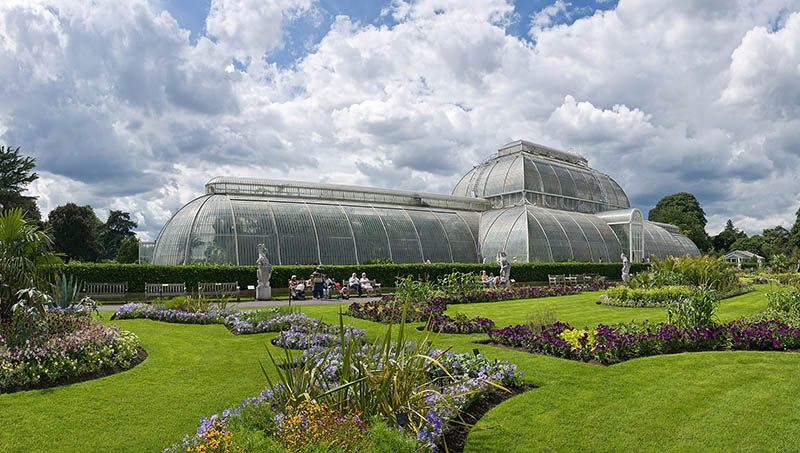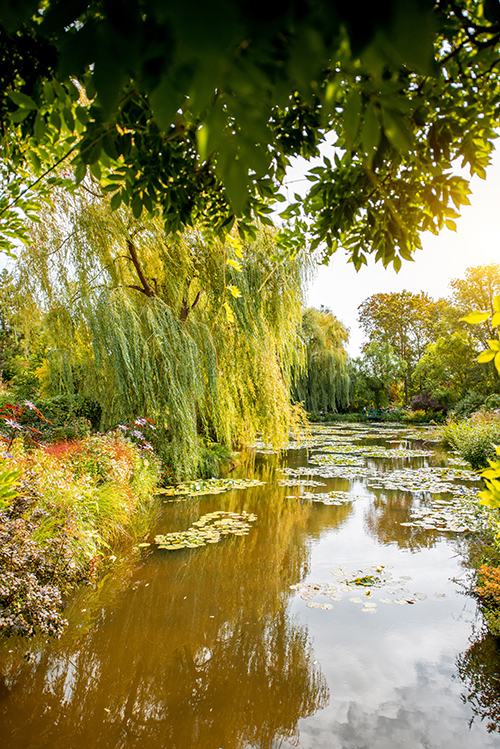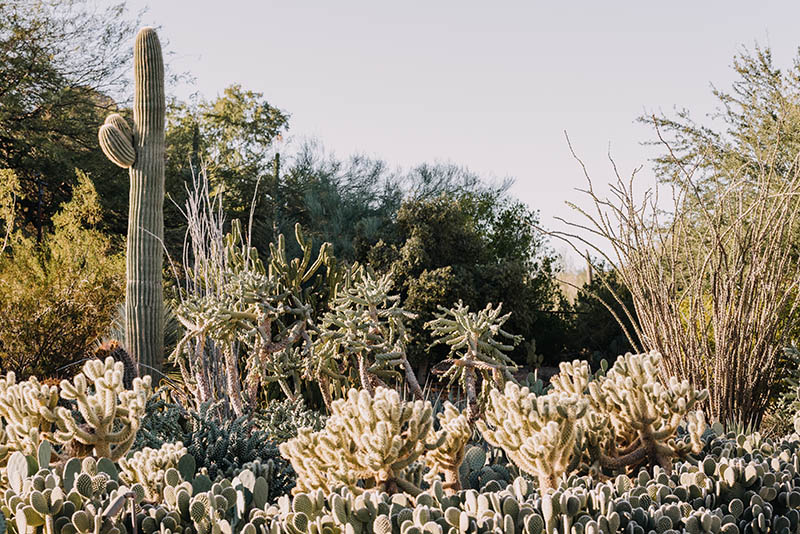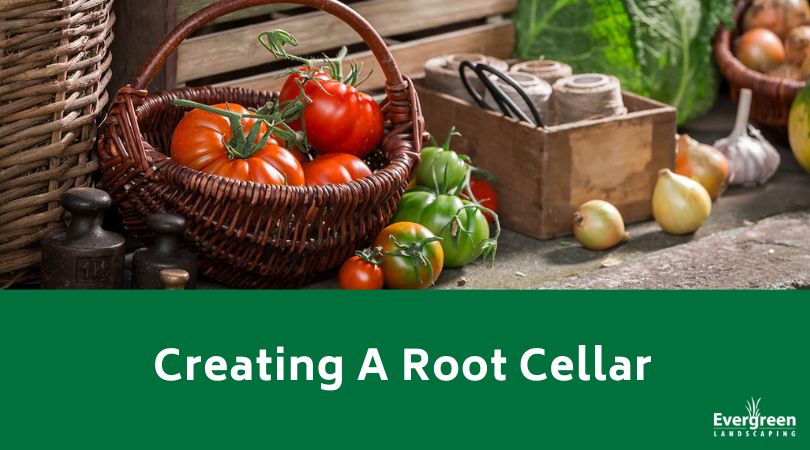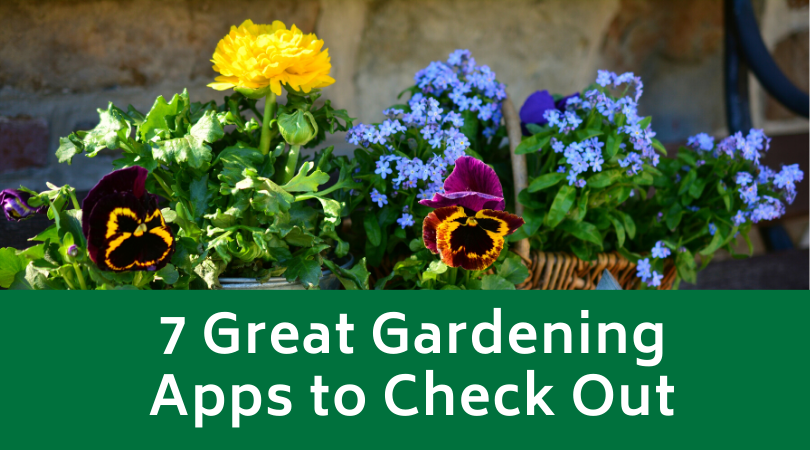
7 Great Gardening Apps to Check Out

When spring and summer hit, it’s time to get outside and enjoy your garden. No matter if you’re a seasoned gardener or a beginner, it’s easy to lose hours puttering around. You can now get a digital helping hand in the form of apps, and we’ve picked out seven of the top ones below.
1. Garden Plan Pro
This app can do just about everything. You can use it to lay out and design your garden from scratch. Place fruit, vegetables, and herbs where they would grow the best and rearrange them in the app. You’ll get a complete guide of growing information for almost 200 plants. There are thousands of varieties available as well. It teaches you how to rotate your crops, when to harvest, and when to plant.
2. Garden Compass
Excellent for beginners, Garden Compass comes with a personalized care calendar. It helps you stay on top of everything. You’ll get plant identification services, monthly reminders, and advice in the free app. If you choose to buy the premium membership, you’ll get curated guidance based on your product choices.
3. Permaculture
If you’re a visual learner, Permaculture has a host of advice, tips, and videos available. You can get visual news and text as well. This app will give you guidance on how to renovate parts of your garden and tame the area around it. It’s interesting to watch even if you don’t plan on putting it to use in your garden.
4. Homegrown
Homegrown has a dictionary of over 250 herbs and vegetables. You’ll be able to see several in-depth growing guides on each of these plants. Once you pick your plants, it’ll help you track how they’re growing and your garden’s general progress. It’ll tell you how often you should feed and water your plants, and track the weather.
5. Gardening Companion
Gardening Companion is an app with thousands of gardening articles all in one place. You’ll find YouTube videos and photos on hundreds of plant varieties to help you along. Maybe you want to know how to plant your vegetables in optimal spots, or you need to solve common problems. You’ll find it all here. The app’s journal portion lets you track and share your garden’s progress.
6. GrowIt!
Get thousands of different plant species on your phone with this app. You can easily find the correct plant type for your location and needs. The app lets you set your chosen plants up to share, and you can post tricks and tips that remind you how to get the best results.
7. GrowSquared
This is a drag and drop planning tool for your garden. You can easily pick your plants and design your bed sizes. Set planting dates, and the app will tell you the best times to plant and harvest. You’ll also get details about a watering rotation, and it reduces your planning needs.
These seven gardening apps can help you maximize your garden’s yield and remove some of the guesswork. You can easily mix and match until you find the perfect app for your needs.
If you need more hands-on help with your gardening and landscaping, contact us today to see how we can help




